Review: Running Up That Hill: 50 Visions of Kate Bush
SDE on Tom Doyle’s new book
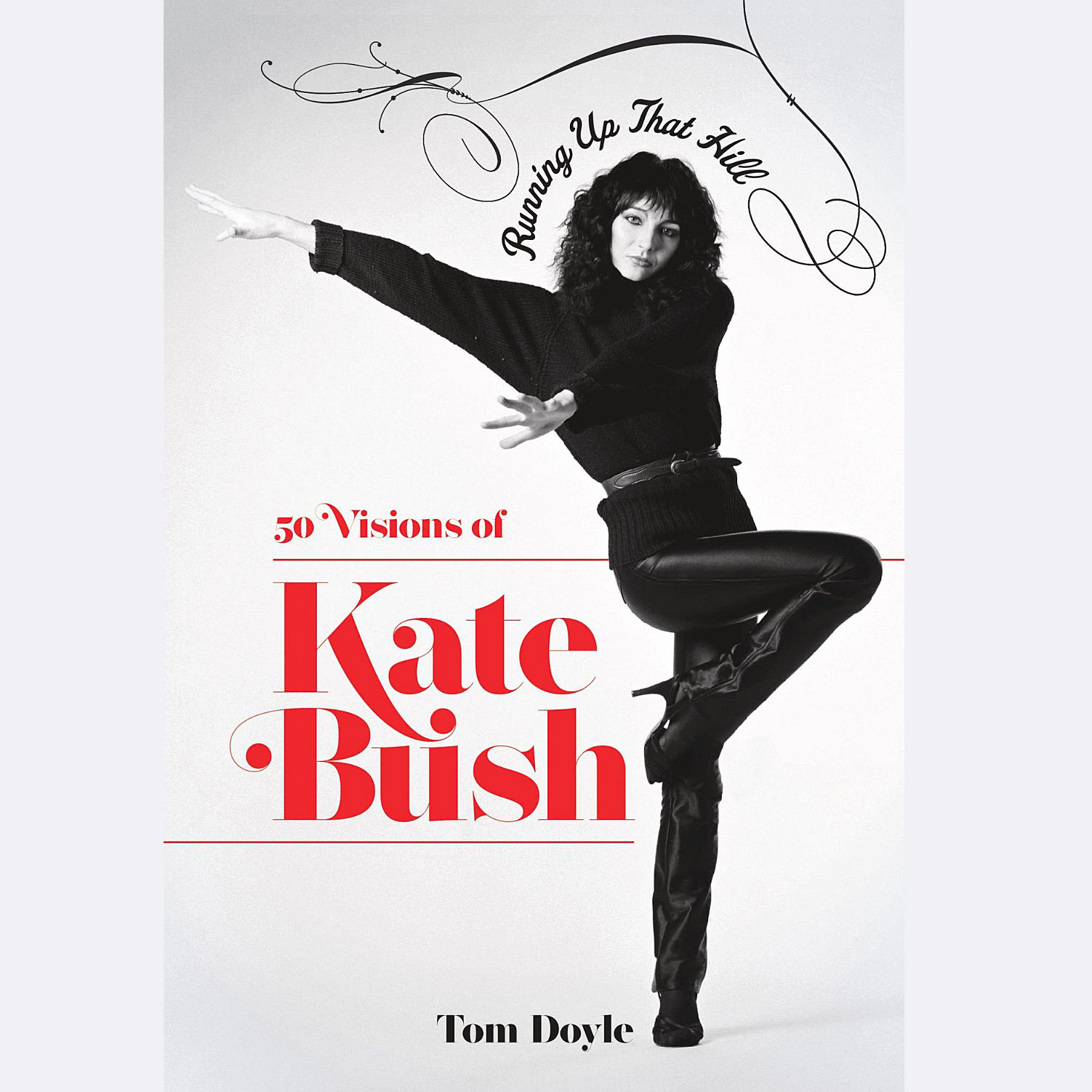
The main impediment, for the wannabe Kate Bush biographer is that Kate’s family and friends – along with most people that she’s worked with over the years – are not likely to want to talk to you. Bush inspires almost total loyalty in this respect, so gaining any insight from those around her is pretty much a non-starter. Kate herself is clearly not going to grant you an audience, so you are left with the option of trawling through various TV and press interviews, across the decades of Kate’s career, to help tell her story, which isn’t going to be easy either, since Bush is notoriously guarded when it comes to her private life and tends to keep press chatter strictly to ‘the work’.
Even that is not straightforward, since in the latter half of Bush’s career, she’s said very little. For example, Kate hasn’t been interviewed by anyone on television in over 29 years (1993’s Red Shoes-promoting Aspel & Company, appearance was the last) and she rarely talks to the press at all these days, unless she’s got a new album out (in the UK she’ll normally grant the BBC a radio interview and likely do a single ’big’ UK music publication, Mojo being her mag of choice).
Because Kate doesn’t subscribe to the usual recording artist life-cycle convention of making an album, actively promoting it, going on tour, taking a short break and then repeating the process, her life can’t be tracked through her public movements in the way that other artists’ can. She ‘disappears’ sometimes for more than a decade and all we ever really find out is that she was “working on the new album” in that time. It’s fair to say she’s a mystery wrapped in an enigma.
Of course, if you’ve been lucky enough to sit down and interview Kate in person, then you have a distinct advantage and that’s exactly what the author of Running Up That Hill: 50 Visions of Kate Bush – journalist Tom Doyle – got the opportunity to do in 2005, commissioned by UK’s Mojo magazine, a publication Kate had agreed to talk to, to promote her Aerial album.
The first of 50 chapters (or make that ‘visions’) in the book specifically concerns this interview, the location of which Kate intriguingly switches at the last minute from Abbey Road Studios to her house. Doyle spends the best part of a day at Bush’s residence and over four hours talking to her and he certainly makes the most of it – it’s probably one of the best interviews she’s ever given. Kate’s initially wary, but relaxes into it, as she warms to Doyle and the task at hand. Calling it ‘revealing’ however, would be an exaggeration, since Kate can say a lot, but tell you very little.
After that excellent beginning, there are 49 further chapter/visions that cover key points in Bush’s professional career, including David Gilmour’s involvement in getting her signed (via ‘Guest Testimony’ from Gilmour himself) , the making of all the albums, the Tour of Life, the Before The Dawn residency in 2014, this year’s remarkable rebirth of ‘Running Up That Hill’ and the occasional controversy (such as the “Kate’s a tory” furore from a few years back when she said she admired then UK Prime Minister Theresa May).
This episodic approach works well and there’s no attempt to delve into Bush’s personal life or work out what she was up to during the wilderness years of 1993 to 2005 (in all likelihood, not a lot, other than making Aerial and bringing up her only child Bertie). The less you know about Kate’s work, the more you’ll enjoy this book, but even familiar stories or well-worn anecdotes come to life because Doyle clearly covered so much ground during that 2005 interview. He regularly has the ace up his sleeve of always having a direct quote to hand, because he asked her about it at the time. So for example, we learn that after 1978’s rushed Lionheart, Kate decides that she “doesn’t want to be produced by someone who sees it different from me” and when The Dreaming is completed in 1982 she scraps a her, admittedly vague, plans to tour, deciding that making albums “somehow felt more important” than playing to a live audience. Kate’s determination to produce herself and her apparent disinterest in touring (post The Tour of Life) are both fairly well known traits but somehow Doyle imbues them with a freshness.
Some of the ‘visions’ are admittedly slight, with a chapter (actually less than two pages) called ‘A Right Royal Mishap and Blunder’ which brings together a couple of anecdotes to do with Prince Charles and The Queen (involving a strap and a gaff, which isn’t as rude as it sounds).
Although Doyle gently probes Kate and politely challenges her occasionally during the interview, he doesn’t pass judgement during the book or reach any conclusions; it’s left for the reader to make up their mind. Anyone looking for an investigative, revelatory, dirt-digging deep dive will be disappointed.
Doyle asks the right questions but Kate’s answers are never totally convincing. Does she wish she’d made more albums? She tells him ‘maybe’, but then responds predictably by saying that the quality might have dropped if she’d made more. Perhaps, or perhaps not. Kate wrote one of her best-loved songs ‘This Woman’s Work’ virtually to order, and did it remarkably quickly, which rather dispels the myth that you need to slave away for years to get something of quality. Hounds of Love, widely regarded as her best album, took no more than a couple of years to record.
While not wanting to be famous is an admirable and unusual trait for a ‘pop star’, the book never quite gets to the bottom of Kate’s lack of interest in commercial success, her dislike of touring and not wanting to grasp opportunities that others would give their right arm for. Doyle tells us that Kate had an offer to support Fleetwood Mac on an American tour in the late 1970s which she turned down. He makes the fair point that it might not have suited Kate’s style of performance, but there’s only one way to find out and that’s take the opportunity!
Likewise, the Stings and Elton Johns of this world are like a rat up a drainpipe when there’s a sniff of working with a hip, young act but that isn’t the case with Kate. While in 1992 she gave permission for Utah Saints to sample her 1985 hit ‘Cloudbusting’ for their single ‘Something Good’, she stays away from anything that might be regarded as a active collaboration, although interestingly her engineer/former partner Del Palmer hints in an interview that she was considering it.
The book is all very positive, to the degree that if this had been an approved-by-the-artist type of publication (it isn’t), you wouldn’t be surprised, so I would argue that Doyle likes his subject matter perhaps a little too much and he could use a little more critical distance. One of the ‘visions’ is Ian Rankin telling us why he thinks Kate is great lyricist (another ‘Guest Testimony’) which rather adds to the fanboy vibe.
Nevertheless, Running Up That Hill: 50 Visions of Kate Bush is a thoroughly enjoyable read and largely does a commendable job of examining the professional output of the elusive singer-songwriter. You’ll come away admiring Kate’s intellect, her determination and her achievements, but the mystery that is Kate Bush remains, and I imagine that’s just how she likes it.
Running Up That Hill: 50 Visions of Kate Bush is out now via Nine Eight Books.
Compare prices and pre-order

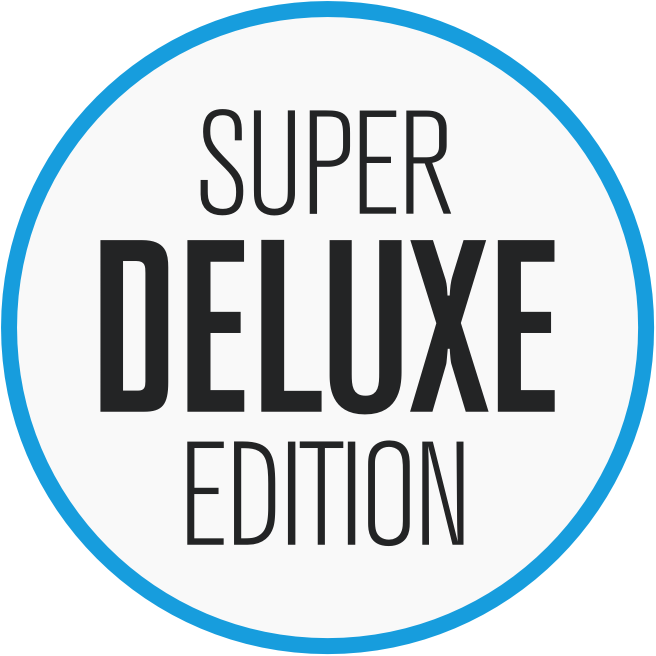
 Reviews
Reviews

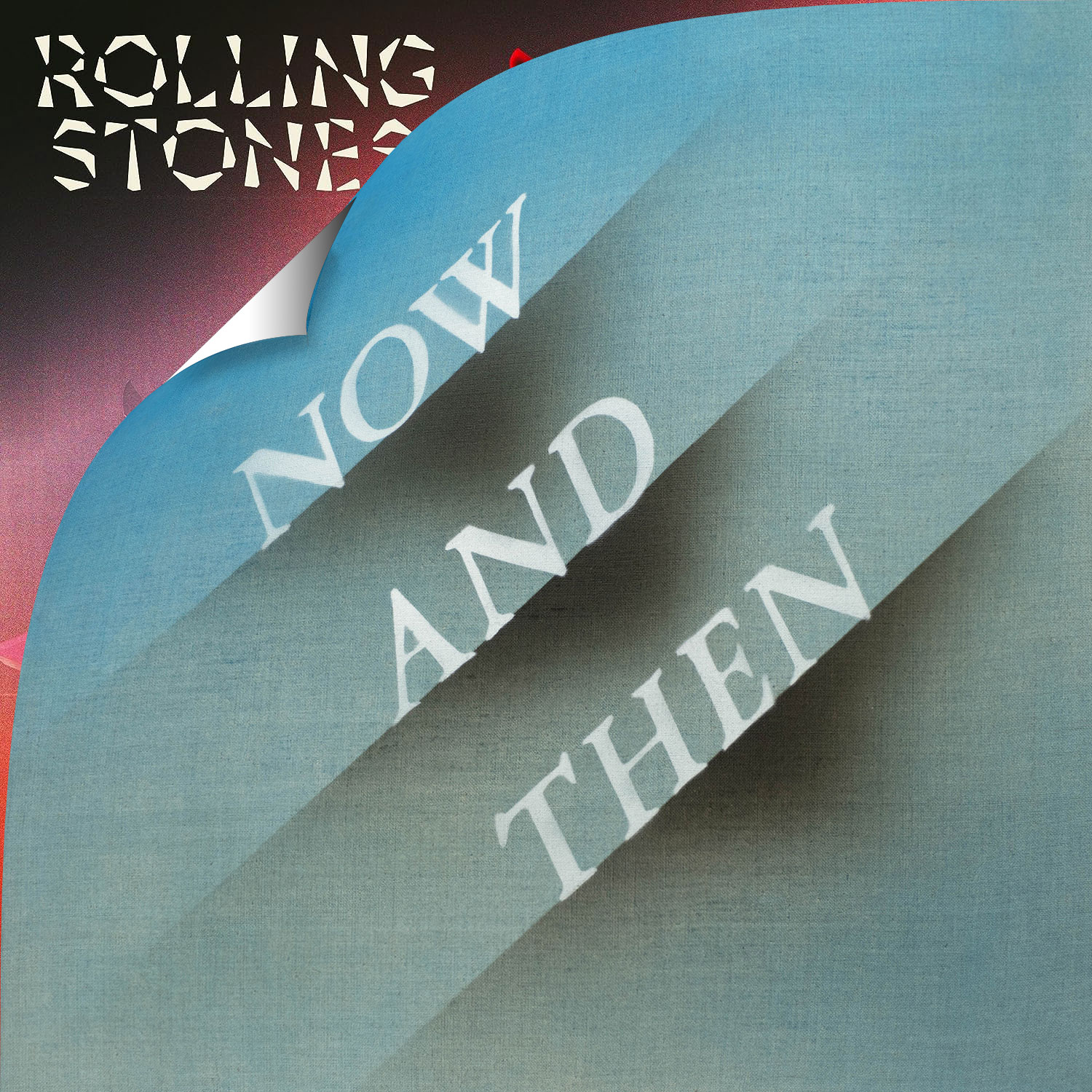
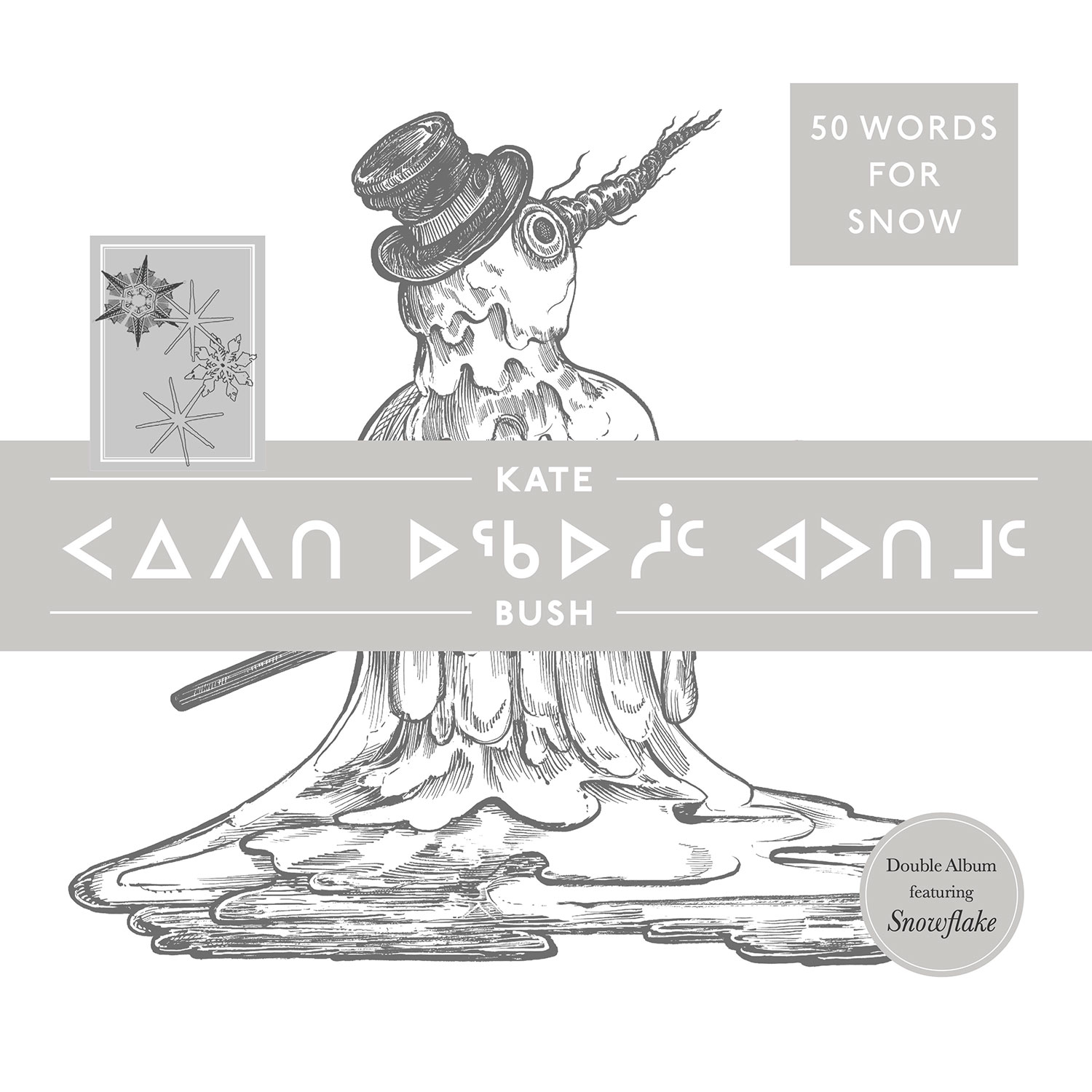
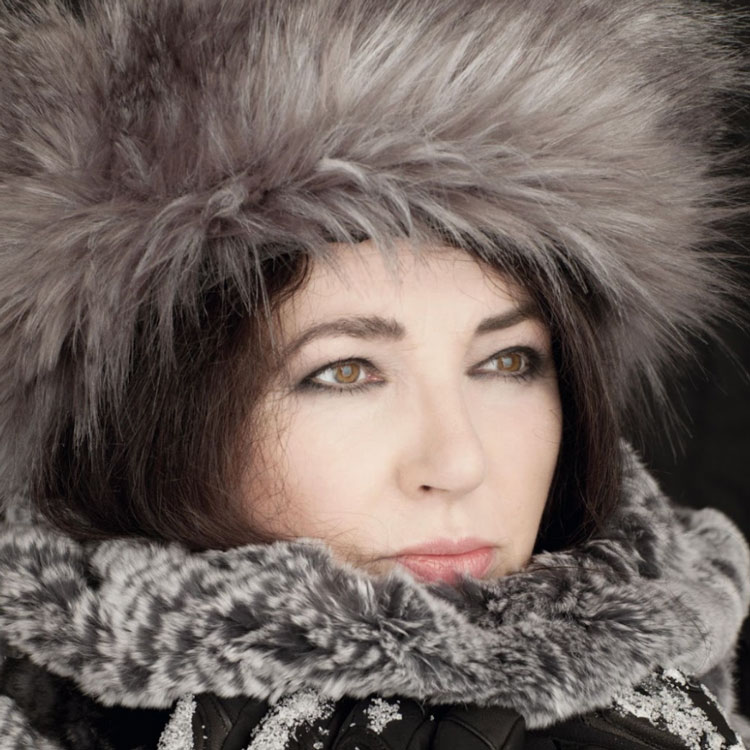
By Paul Sinclair
21